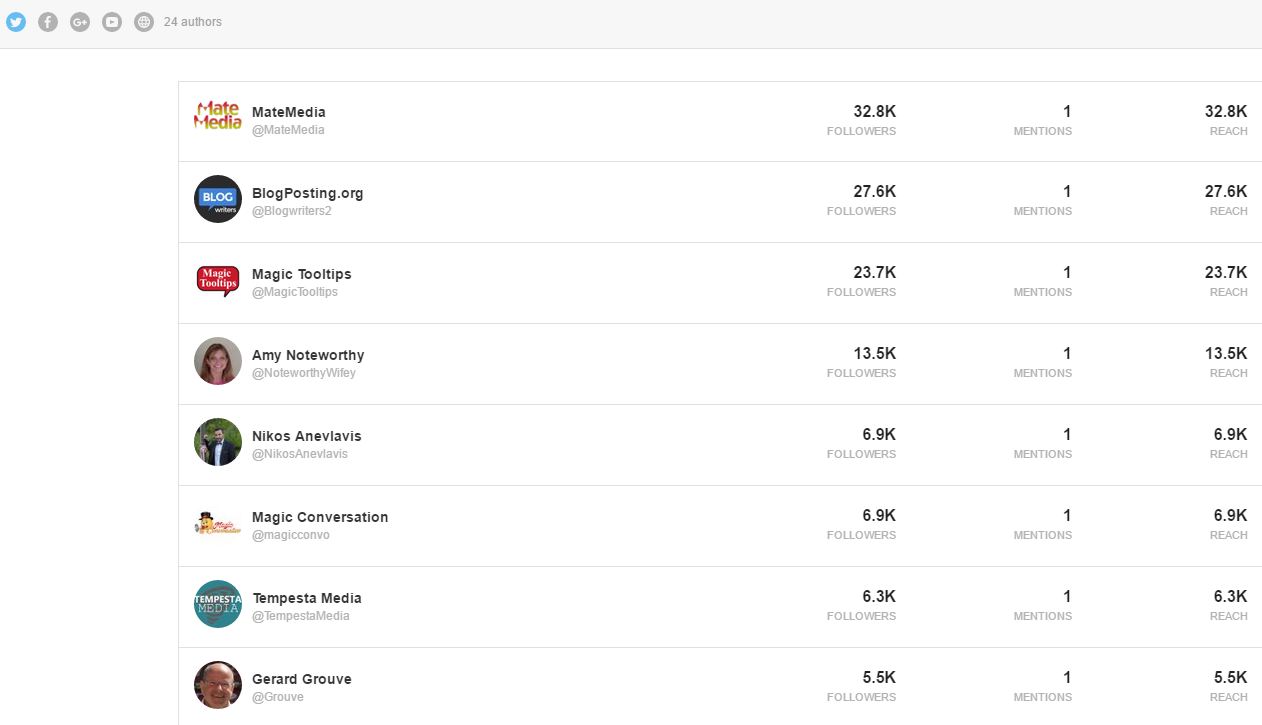How Social Media Monitoring can boost your e-commerce

Social media is a huge part of e-commerce and there are plenty of tools that help promote a business using social media.
Mostly, the Internet offers social media management tools that simplify your work on social media. They primarily simplify posting by finding and scheduling relevant content for you. More expensive tools also provide the user with some additional cool features like photo-editing. Then there are social media monitoring tools. They monitor what is said about your brand (or any keyword you come up with) on social media. They are used for customer service, brand exposure and lead generation.
The ways with which a social media monitoring tool can boost your e-commerce are somewhat less clear if you’ve never used such tool before, so we’ll talk about that in this post.
#1 Customer Service

The main goal of brands using social media should be customer service. Of course, you’ve got your website with the contact form and email and phone number. And it’s absolutely understandable that you expect your customers to voice their complaints in the space designed for it. But it’s not how it works. After the brands appeared on social media, people have realised they can just post something mentioning the brand. That’ll ensure the company sees the issue and many other people see the issue too, so the company is more likely to take action.
While people expect the company to promptly reply on Twitter or Facebook (why wouldn’t they, there’s someone behind the social media account, isn’t there?), the companies are slow to adapt to the social media rules. Most mentions still go unanswered, which turns people away from the company.
Social media monitoring tools are first of all meant to solve this problem. Mentions can happen anywhere on social media, they don’t always include the Twitter handle, as in the example above, and social media managers have no way of seeing them. Also, it takes too long to check all possible platforms. So a social media monitoring tool monitors the whole Internet in real time, collecting all mentions of your keyword in one space. In some tools (like Awario), you can also reply to these mentions straight from the dashboard.
#2 Social Selling
 Surely, complaints and issues aren’t the only types of posts customers leave online. Other types have to do with social selling. If the primary keyword you had to monitor before was your brand’s name, now you have to also monitor your industry keywords. For example, if you’re a coffee shop in Leicester, your keyword would be “Leicester coffee shop” so that you can find posts like: “Can anyone recommend a good Leicester coffee shop?” and reply to them recommending your coffee shop. It’s lead generation at its best.
Surely, complaints and issues aren’t the only types of posts customers leave online. Other types have to do with social selling. If the primary keyword you had to monitor before was your brand’s name, now you have to also monitor your industry keywords. For example, if you’re a coffee shop in Leicester, your keyword would be “Leicester coffee shop” so that you can find posts like: “Can anyone recommend a good Leicester coffee shop?” and reply to them recommending your coffee shop. It’s lead generation at its best.
Complaints come in handy when it comes to social selling, but complaints aimed at your competitors. Monitor your competitor’s brand name – and you could suggest your brand as a good alternative every time someone complains about your competitor’s product or service.
Note: You don’t have to present yourself as the company representative when suggesting your brand. A fake account might do a much better job.
#3 Influencer Marketing

Influencer marketing is a social media miracle. Since the appearance of social media, people go on YouTube, Twitter, Instagram, blogs and forums and establish their authority in their respective fields. They don’t need to be rich, have influential parents or, to be fair, they don’t even need to be actual experts. A decade of this has resulted in a large number of online influencers in every possible field. Each of them has a huge following, their opinion counts much more than that of a TV star or the brand’s representative, for obvious reasons.
Built-in analytics in a social monitoring tool will show you influencers in your niche. In Awario, the program decides who’s the influencer by counting the number of their followers and the number of times they’ve mentioned your keyword. So all you have to do is set up a relevant keyword (e.g., “professional hair products“), wait for the program to collect information, and then go to the Influencers dashboard.

To find out more about how to work with social media influencers, jump to this post on how to conduct a successful influencer outreach campaign.
#4 Brand Reputation
You probably know that most customers (in fact, it was 81% already in 2014) will search for your product online when deciding which one to buy. If they’ve heard of your brand and they’re thinking of buying your product, they’ll search for your brand. What will they find? Surely, your website, your ads, but let’s be honest – that’s not something they’re looking for if they’re trying to make a decision. Instead, they’ll click on anything that provides reviews: whether it’s Yelp, TripAdvisor, or some completely unknown forum on the 2nd page of Google.

Make sure you read those, thank people for good reviews and take care of bad reviews in any way you can: apologizing, offering a discount, fixing the problem. This will give your potential customers an idea of how your company treats the customers: if it cares for their problems and wishes or not, if there are people ready to listen and reply, or if it’s just another soulless corporation. Guess which one they’ll go for?
By commenting on reviews, taking part in industry-related discussions that often occur on forums and social media, and, of course, posting relevant and useful information on social media pages, you establish the online reputation of your brand. The Internet then thinks that you’re an expert in your field and you care about your customers. And the image presented on the Internet is everything in our digital world.
Coming back to social media monitoring, the easiest way to ensure you don’t miss important reviews and comments is by monitoring your brand, and anything else related that you think might be reviewed online.
Conclusion
I hope I managed to convince you that social media monitoring would strongly enhance your e-commerce. Remember that while promotions and even funny pictures on your social media page are all good and useful, that’s not what social media is essentially for. It’s for communicating with others. Sometimes, it’s crucial to simply not ignore someone trying to talk to you. And sometimes, it’s important to take the chance and make the first step.













